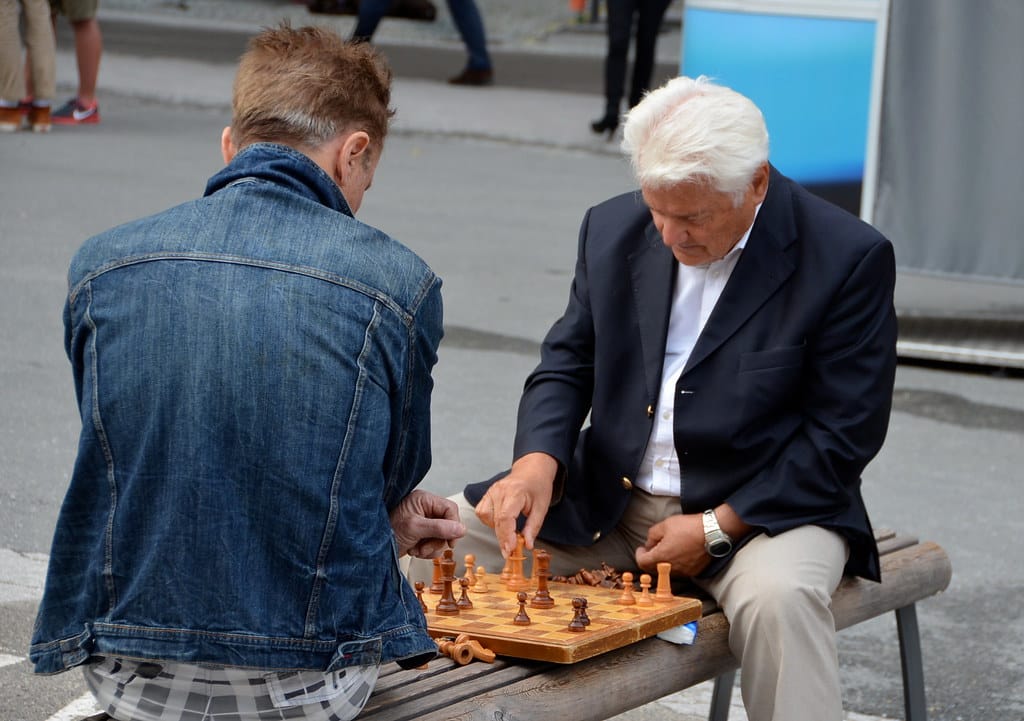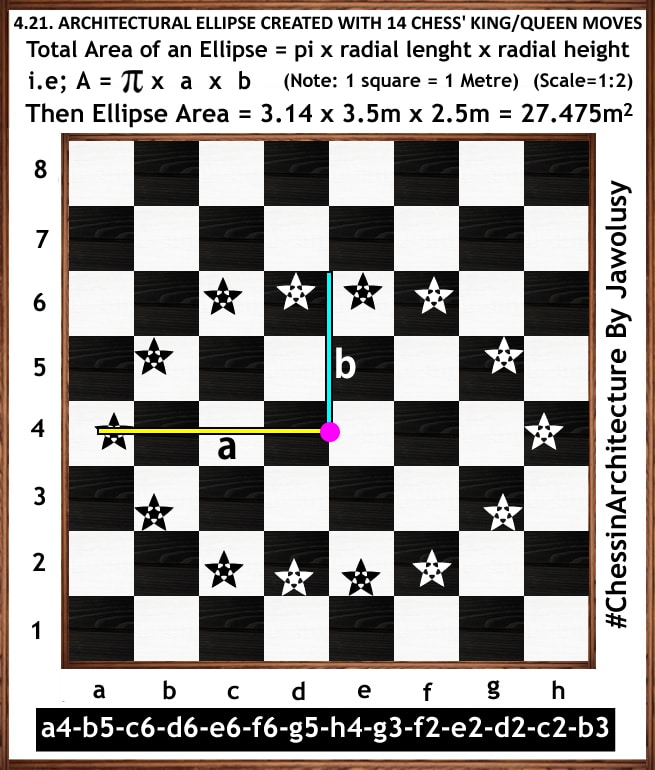Chess is a game of strategy, and understanding how to move the pieces is essential. The rules of movement for each piece are particular, and knowing them will help you play the game more effectively. This article looks at the different moves that the king can make on a chessboard.
- How the king moves in chess
- Special moves the king can make
- Using the king to your advantage
By understanding how the king moves, you can gain knowledge of the game and improve your chess skills. Read this article to learn more about the king's moves in chess.
Table of Contents
King moves in chess learning the basics
In chess, a king moves in chess is the basic move of the most important piece in the game. Kings can move one square in any direction (vertically, horizontally or diagonally). Kings can never move onto a square where they are under attack, nor can they move into check. A king moves in chess can also castle, which is a special move that allows the king and one of its rooks to move two squares in the same direction. Kings cannot castle if they have moved, if the rook has moved or if any pieces are in between the king and rook.
The king moves in chess is also the most important piece in the game, as it must be protected at all times. If a king is checkmated, the game is over. A checkmate is when a king is under attack and cannot move to a safe square. As such, it is important to protect the king at all times and ensure that it is not placed in a position where it can be captured.
The king's moves can also be used to attack the opponent's pieces. Since the king can move in any direction, it can be used to attack pieces and create a check, whereby the opponent's king is under attack and must move to a safe square.

Can king moves in chess 2 steps?
In chess, the king moves in chess can move a maximum of two steps in any direction, including diagonally. It is the only piece that can move like this. The king can move two steps in any direction, but it cannot jump over other pieces. It can move to any empty square on the board. The king can also castle, which is a special move that allows the king and rook to switch positions.
The two-step move of the king moves in chess is important for protecting other pieces (particularly the queen) from attack. The king can also use this move to check the opponent's king. When the king moves in chess is in check, it can move two steps to get out of the way of the attacking piece. It can also move in order to capture the attacker.
The two-step move of the king is also essential for planning effective strategy in the game. For example, the king can move two steps to take control of the center of the board and gain an advantage over the opponent. The king can also use this move to set up a checkmate or to defend against a checkmate.

What are the 2 special king moves in chess?
Chess is a game of strategy that has been popular for centuries. There are two special moves in chess: castling and en passant. Castling is a move that allows the king and rook to move at the same time. The king moves two squares towards the rook and the rook moves to the square on the other side of the king. En passant is a move that can be used if an opposing pawn moves two squares on its first move. The player can then move their pawn to the square that the opposing pawn passed through. Both moves are important for tactical advantage and should be used when the situation presents itself.
What are the 4 rules of castling in chess?
Castling is a move in chess where a player moves both the King and the Rook in one turn. It is an important move to help protect the King, and it can also help to reposition the rook. The following are the four rules for castling:
- The King and Rook must both still be on their original squares;
- No squares between the King and Rook can be under attack;
- The King must not be in check;
- The King must not pass over a square that is attacked by an enemy piece.
If all four rules are met, then the King and Rook can be moved in a single turn. The King moves two squares towards the rook, and the rook moves to the square that the King passed over. This move can only be done once in the game, either on the King's side or the Queen's side.
Can the king moves in chess without check in chess?
Chess is a game governed by strict rules, one of which is that the king cannot move without being in check – that is, put in danger by an enemy piece. In other words, the king must be protected from attack at all times. If the king is in check, the player must make a move that removes the threat or puts the king in a safe position.
A player cannot move their king into check, nor can they move it out of check unless the threat is removed. The player must move their king to a square that is safe from attack. If there is no safe square, the player must move another piece in order to protect the king. This is known as interposing.
If a player's king moves in chess is in check and there is no legal move that can save it, then the game is over and the player has lost. This is known as checkmate. The only way to avoid checkmate is to move the king to a safe square or to protect the king by moving another piece.
In summary, the king can never move without check in chess.
Conclusion:
The king is a very important piece in a chess game. It is the most valuable, as it can move to any square on the board. King moves have the potential to save a game or provide a checkmate.
The king can move one square in any direction and can also move two squares diagonally when castling. It is important to remember that the king cannot move into check.
The king is a powerful piece that can be used both offensively and defensively. Knowing how to use the king correctly is essential to becoming a successful chess player.






